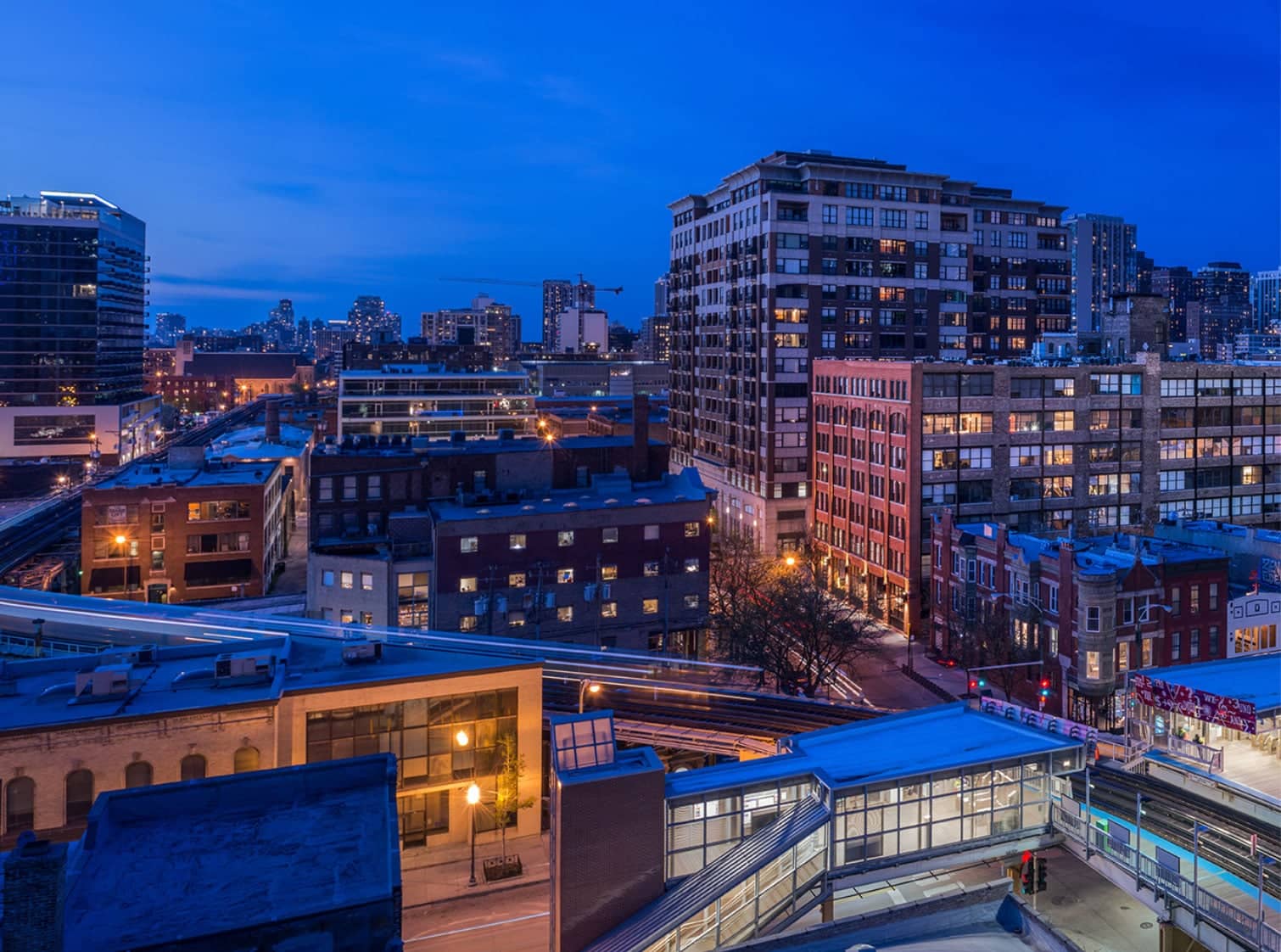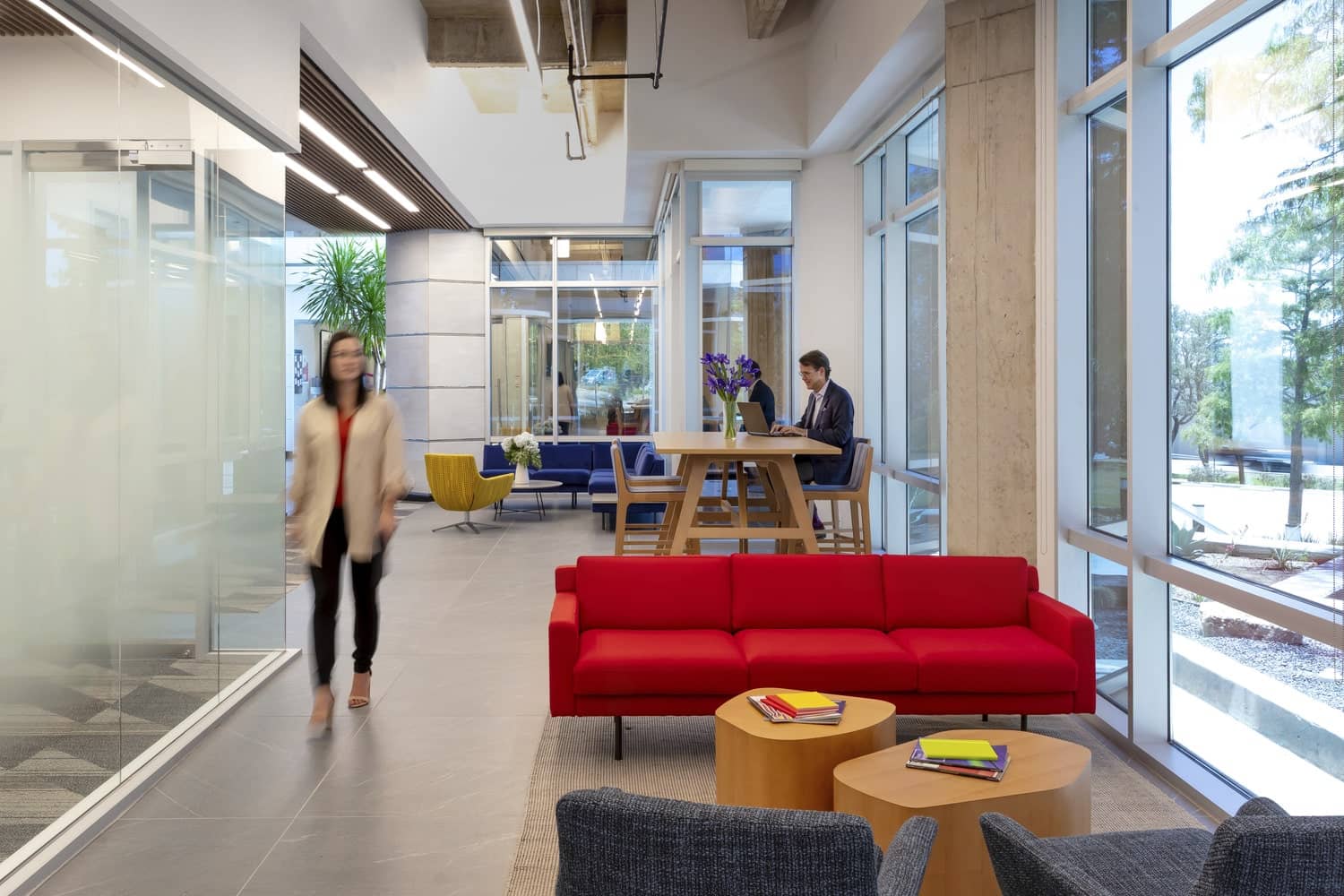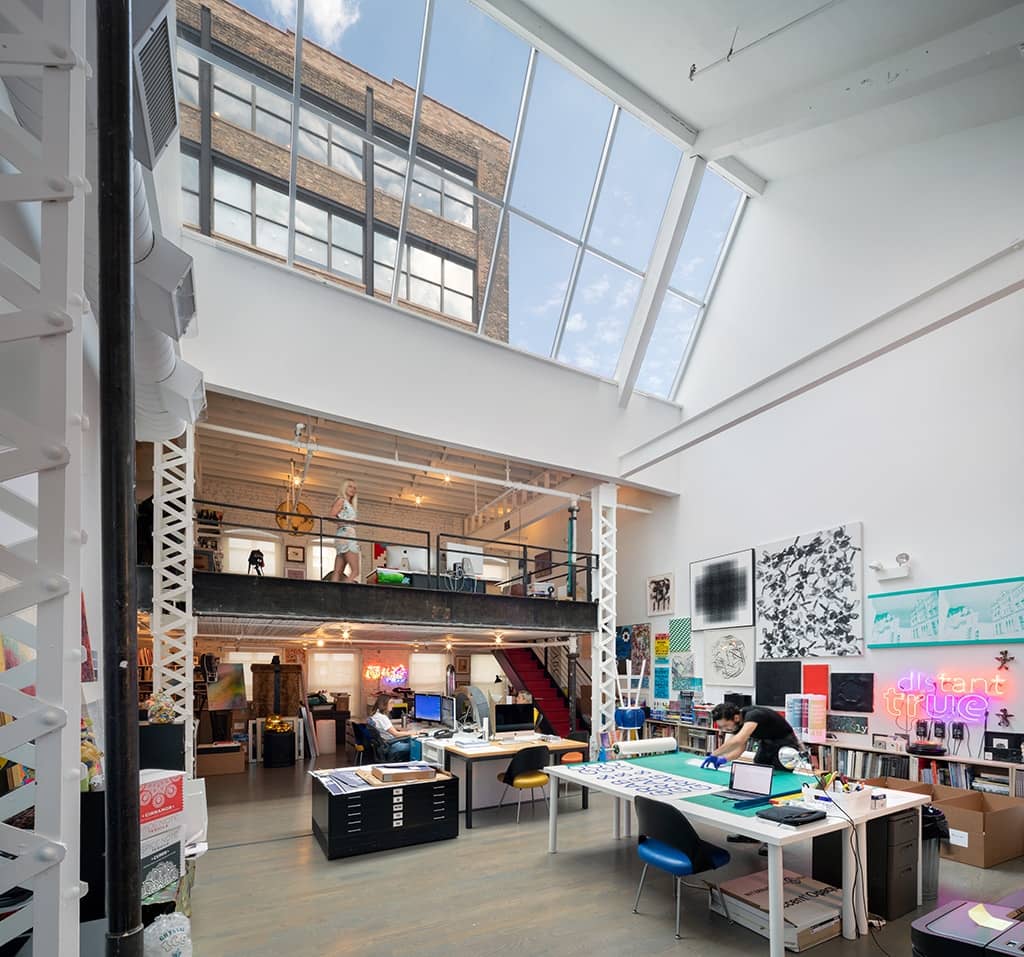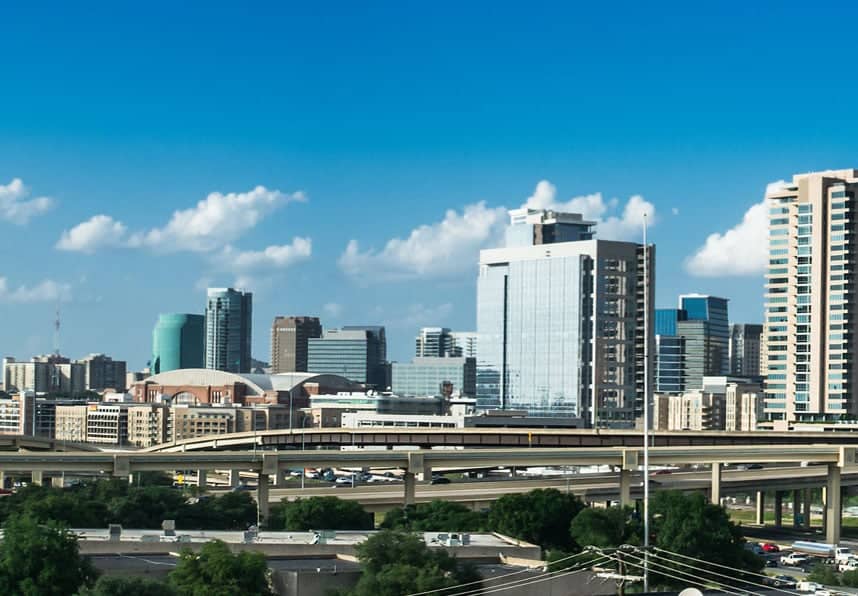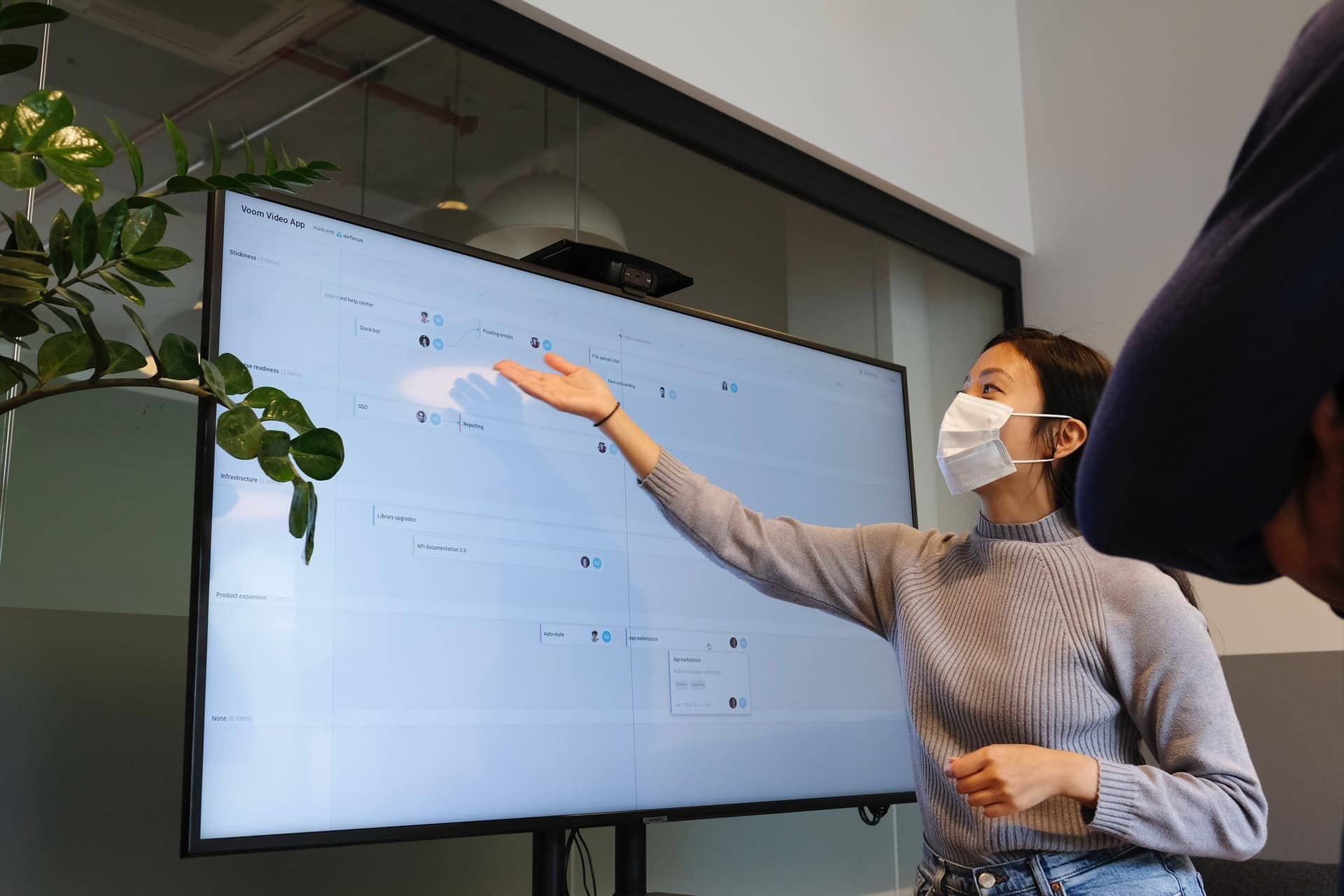Thanks to a new school of thought, modern-engineered wood products have become increasingly popular in design and sustainability-focused building projects in markets where building codes make it possible to leverage timber and natural design elements, builders have used them to their fullest. Although you won’t find timber skyscrapers anytime soon, wood-constructed office buildings that meet the six-story criteria, set by the International Building Code, continue to be an option for many businesses.
Sustainability: Timber versus Steel
Wood, by chemical composition, is about 50 percent carbon by dry weight. When a tree is cut down, that carbon remains in the lumber for as long as that material exists in the building for which it is used. Therefore, builders are able to shift the carbon sequestration from the forest into the city. According to a report in The Journal of Sustainable Forestry, timber potentially saves from 14- to 31-percent of the carbon emissions and 12- to 19-percent of fossil fuel emissions.
In addition to its natural penchant for sequestering carbon, timber has a net positive for carbon emissions, is energy-efficient, and consumes only one-fifth the embodied energy of concrete and one-third that of steel. Steel, for instance, demands significant energy just to heat and cool.
With timber, less weight also translates into lower transportation costs. Due to steel’s comparative weight to timber, its distribution to construction sites is an obvious cost and ecological challenge in numerous ways.
According to a study by the Wood Products Council, the use of natural building material such as timber can lead to a reduction in air and water pollution. And, new forest management practices that support a broader array of ecosystem services are incentivizing sustainability and having positive a impact on forest land.
LEED, the widely recognized green building program, recognizes wood’s myriad of beneficial environmental qualities in building construction. LEED acknowledges that the use of wood in construction results in lower environmental impacts associated with the manufacturing, distribution, construction and end-of-life scenarios.
Biophilic Benefits
Builders and building tenants alike have learned that timber is one of the most natural ways to create more organic, tactile workspaces where people can flourish and be connected to nature. Uses of timber as a structural or finishing material not only offer aesthetic beauty, but enhances indoor air quality, acoustics, thermal comfort and energy efficiency. Perhaps most notably, it also has biophilic benefits — the innate wellness humans feel towards nature.
According to the Encyclopedia Britannica, Biophilia suggests that “humans possess an innate tendency to seek connections with nature.” Biophilic design is an approach that attempts to link nature with the occupants of buildings. In addition to timber, designers can incorporate things like natural lighting and ventilation, landscape features and other elements to create a more productive and restorative environment.

Studies have shown that workplaces constructed of timber and other organic materials are a contributing factor to the overall morale, wellbeing and satisfaction of employees. The rationale is simple – ss workers spend more of their days indoors, the opportunity to be around natural materials become that much more important.
Designing and building with timber is essential to Biophilic design, which creates a natural, warm and relaxing environment.
According to makeitwood.org, workers with exposure to a higher proportion of wooden surfaces have more positive associations with their workplace. People are more productive and take fewer sick days when they work in places that are better designed with a more human to environment connection.
As noted in sciencedirect.com, the use of natural materials like wood products and brick have shown a correlation to improvements in occupant health and well-being. The appeal that visible woodgrain and other natural elements within a building do wonders for the positive attitudes, outlooks and health of tenants.
KBS’ 213 West Institute Place in Chicago

Exemplifying the type of timber and brick structure that embraces design- and sustainability-focused construction, the KBS loft-office building at 213 West Institute Place is an ideal example. At 131 years old, the renovated space features dramatic lofted ceilings, oversized windows, modernized tenant spaces and fully renovated common areas — all featuring extensively integrated and exposed brick-and-timber building elements. This vintage building has gone through continual enhancements throughout its history — with a full renovation completed in recent years
KBS’s 155 North 400 West St. in Salt Lake City

Originally constructed in 1909 for the Salt Lake City Hardware Company, the warehouse was seismically upgraded and thoroughly renovated into modern office space in 1996. The original brick-and-timber design was maintained in the five story, 198,565-square-foot Class A office.
KBS maintained the original brick and timber design of the building, making the asset an attractive location for Salt Lake’s burgeoning tech sector, according to Tim Helgeson, senior vice president and asset manager of the property.
“The Salt Lake Hardware Building provides today’s tech companies with a modern and conveniently accessible workplace,” notes Helgeson. “This is a truly unique property in the city for its history, look, and use. The design in particular is special in that it allows the building to retain all of its historic aspects while serving as a contemporary office property with state-of-the-art amenities. We’ve updated the building but kept the original historic charm.”
The Bottom Line
People require balance in all facets of their lives. And the workplace is an essential starting point. According to the U.S. Environmental Protection Agency, most Americans spend 90 percent of their time indoors. Sustainable, eco-friendly buildings are just one of the ways that businesses can not only show kindness to the environment — but to their workforce as well. Employees are much more likely to be happy, engaged and productive when provided with a more natural setting that invigorates them. Evidence also suggests that the natural materials contribute to individuals sense of well-being, health and longevity. So, exposure to nature, its textures, sensations, sights and aromas become all the more important.
Stay up to date with the latest KBS news and articles by following us on social media.
